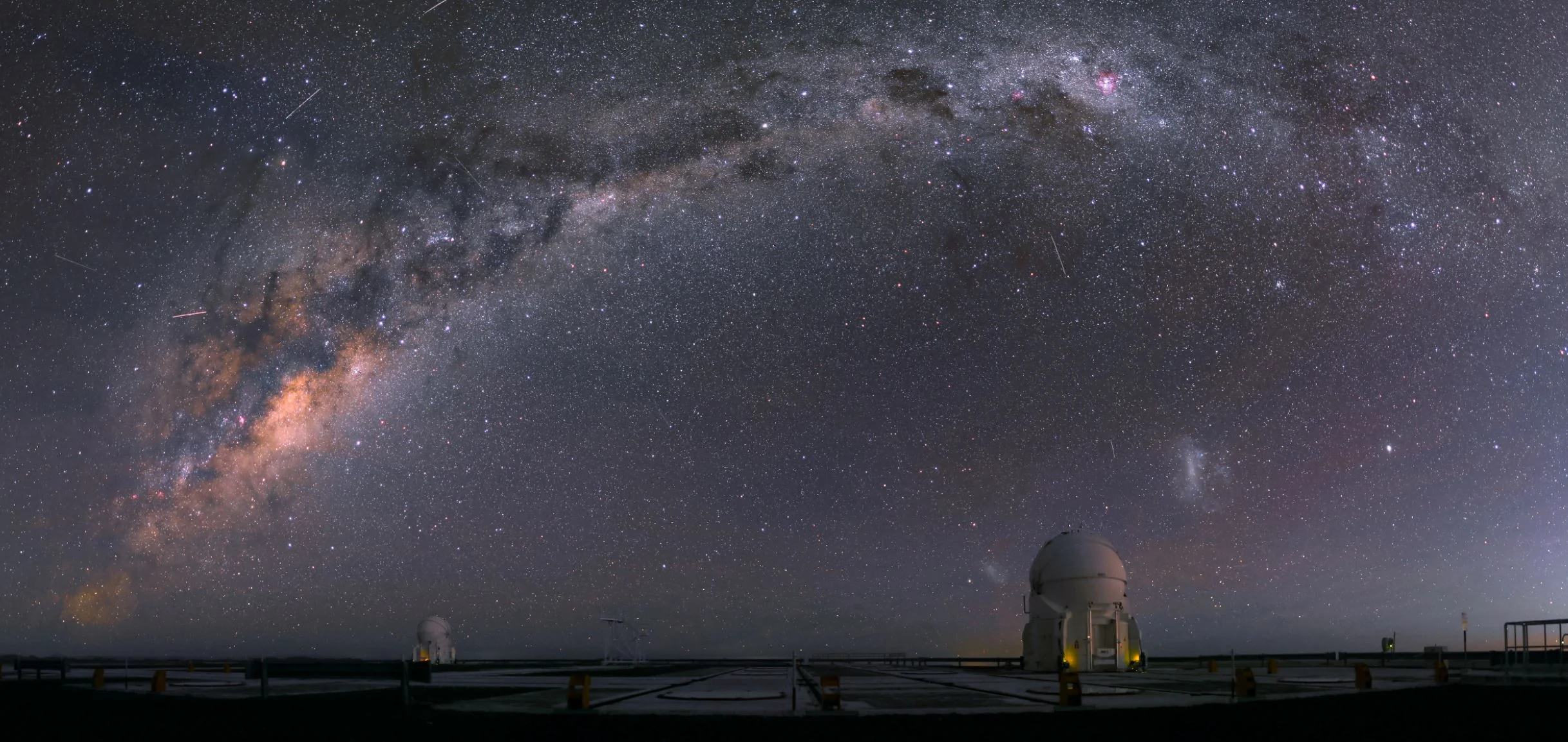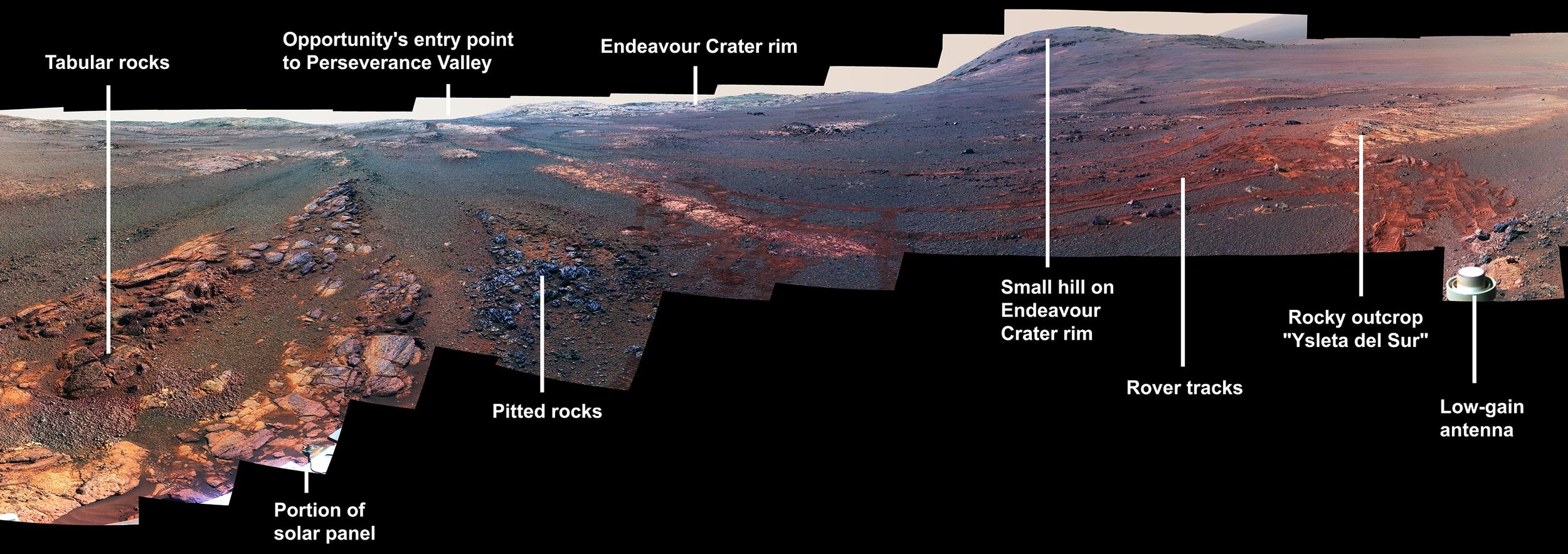A small asteroid has been caught in the process of spinning so fast it’s throwing off material, according to new data from NASA’s Hubble Space Telescope and other observatories.
Apollo 11 brought a message of peace to the Moon - but Neil and Buzz almost forgot to leave it behind
“How about that package out of your sleeve? Get that?” is certainly not the most famous phrase uttered by a human while on the Moon. And the items nestled in a small packet that astronaut Buzz Aldrin had stowed in the pocket just below the shoulder of his extravehicular mobility unit were certainly not mission critical. They were sentimental objects, intended to be left on the Moon purely for symbolic and commemorative purposes.
Hubble Tracks the Lifecycle of Giant Storms on Neptune
In 1989, NASA’s Voyager 2 zipped past Neptune—its final planetary target before speeding to the outer limits of the solar system. It was the first time a spacecraft had visited the remote world. As the craft zoomed by, it snapped pictures of two giant storms brewing in Neptune’s southern hemisphere. Scientists dubbed the storms “The Great Dark Spot” and “Dark Spot 2.”
Grab a bit of asteroid Bennu? Not so fast
Hubble Captures the Brilliant Heart of a Massive Galaxy
This fuzzy orb of light is a giant elliptical galaxy filled with an incredible 200 billion stars. Unlike spiral galaxies, which have a well-defined structure and boast picturesque spiral arms, elliptical galaxies appear fairly smooth and featureless. This is likely why this galaxy, named Messier 49 (M49), was discovered by French astronomer Charles Messier in 1771. At a distance of 56 million light-years and measuring 157,000 light-years across, M49 was the first member of the Virgo Cluster of galaxies to be discovered, and it is more luminous than any other galaxy at its distance or nearer.
Jupiter Marble
The Incredible Challenge of Landing Heavy Payloads On Mars!
CERN: Study sheds light on one of physics’ biggest mysteries – why there’s more matter than antimatter
NASA’s Fermi Satellite Clocks ‘Cannonball’ Pulsar Speeding Through Space
Astronomers found a pulsar hurtling through space at nearly 2.5 million miles an hour — so fast it could travel the distance between Earth and the Moon in just 6 minutes. The discovery was made using NASA’s Fermi Gamma-ray Space Telescope and the National Science Foundation's Karl G. Jansky Very Large Array (VLA).
Jupiter’s Great Red Spot: A 300-year-old cyclone persists but is shrinking
The Great Red Spot, a storm larger than the Earth and powerful enough to tear apart smaller storms that get drawn into it, is one of the most recognizable features in Jupiter’s atmosphere and the entire solar system. The counterclockwise-moving storm, an anticyclone, boasts wind speeds as high as 300 miles per hour. This prominent feature, observed since 1830, and possibly as far back as the 1660s, has long been a source of great fascination and scientific study.
SpaceX Tests the Starship’s Hexagonal Heatshield. Starhopper Tests Could Come as Early as This Week!
NASA Mission Reveals Asteroid Has Big Surprises
A NASA spacecraft that will return a sample of a near-Earth asteroid named Bennu to Earth in 2023 made the first-ever close-up observations of particle plumes erupting from an asteroid’s surface. Bennu also revealed itself to be more rugged than expected, challenging the mission team to alter its flight and sample collection plans, due to the rough terrain.
Gravity influences how we make decisions – new research
Using Black Holes to Conquer Space: The Halo Drive!
The idea of one day traveling to another star system and seeing what is there has been the fevered dream of people long before the first rockets and astronauts were sent to space. But despite all the progress we have made since the beginning of the Space Age, interstellar travel remains just that – a fevered dream. While theoretical concepts have been proposed, the issues of cost, travel time and fuel remain highly problematic.
Cooking up Alien Atmospheres on Earth
Researchers at NASA's Jet Propulsion Laboratory in Pasadena, California, are cooking up an alien atmosphere right here on Earth. In a new study, JPL scientists used a high-temperature "oven" to heat a mixture of hydrogen and carbon monoxide to more than 2,000 degrees Fahrenheit (1,100 Celsius), about the temperature of molten lava. The aim was to simulate conditions that might be found in the atmospheres of a special class of exoplanets (planets outside our solar system) called "hot Jupiters."
Chances for life expand when passing stars push binaries together
Planetary systems can be harsh environments in their early history. The young worlds orbit suns in stellar nurseries, clusters of stars where violent encounters are commonplace. None of this makes it easy for life to get going, but now astronomers at the University of Sheffield find one positive of this tumultuous period. A model developed by undergraduate student Bethany Wootton and Royal Society Dorothy Hodgkin Fellow Dr Richard Parker looks at how the habitable zone – the region around a star where the temperature allows liquid water to exist – changes around pairs of stars, so-called binary systems.
This is What It’ll Look Like When the Milky Way and Andromeda Galaxies Collide Billions of Years from Now
A Cosmic Bat in Flight - ESO’s Cosmic Gems Programme captures the Cosmic Bat’s dusty clouds
Hidden in one of the darkest corners of the Orion constellation, this Cosmic Bat is spreading its hazy wings through interstellar space two thousand light-years away. It is illuminated by the young stars nestled in its core — despite being shrouded by opaque clouds of dust, their bright rays still illuminate the nebula. Too dim to be discerned by the naked eye, NGC 1788 reveals its soft colours to ESO's Very Large Telescope in this image — the most detailed to date.
Opportunity's Parting Shot Was a Beautiful Panorama
Over 29 days last spring, NASA's Mars Exploration Rover Opportunity documented this 360-degree panorama from multiple images taken at what would become its final resting spot in Perseverance Valley. Located on the inner slope of the western rim of Endeavour Crater, Perseverance Valley is a system of shallow troughs descending eastward about the length of two football fields from the crest of Endeavour's rim to its floor.
What Scientists Found After Sifting Through Dust in the Solar System
Just as dust gathers in corners and along bookshelves in our homes, dust piles up in space too. But when the dust settles in the solar system, it’s often in rings. Several dust rings circle the Sun. The rings trace the orbits of planets, whose gravity tugs dust into place around the Sun, as it drifts by on its way to the center of the solar system.
















